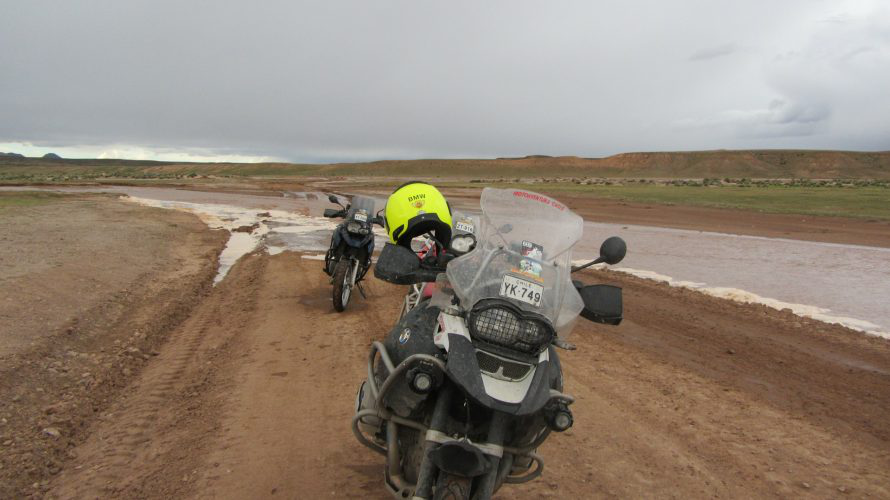We all agree that motorcycling is a risky business, but very few people wear hi-vis motorcycle gear on their travels. I confess I don’t, either, and frankly, I don’t plan to. But perhaps I should? In Europe, I’ve seen many more riders in hi-vis gear than in North America and South America put together. Some simply wear either hi-vis neon green or white helmets, but quite a lot go all the way wearing hi-vis riding suits or at least, hi-vis vests with reflective tapes.
What are the pros and cons of hi-vis motorcycle gear?
Visibility
This one’s painfully obvious: hi-vis gear is meant to make us more visible on the road and its traffic. According to this study, “Drivers wearing reflective or fluorescent clothing had a 37% lower risk of crash-related injury”. But it seems we might be using the wrong colors. Neon green and yellow aren’t the colors that pop the most, especially in rural environments or forested areas; if you want to stand out, hot pink, it turns out, is the way to go.
Light VS Color
The human eye detects light faster than color. This is why bright lights and triangles of amber lights might be more effective than any bright color.
Being Mistaken for Police
This is a pretty neat bonus if you’re traveling in the developing world: since you’re on a larger motorcycle than most locals, you might be mistaken for police or military if you’re clad in a hi-vis suit.
Weird Aesthetics
So if wearing bright hi-vis colors increases our chances of being seen, why do we hate wearing them so much? According to this article, it’s because we think it looks silly. Motorcycle riders, it turns out, cares about how they look (A lot!), and black remains among the most popular gear colors despite being very low-visibility.
Do you wear hi-vis motorcycle gear on your travels and why?

